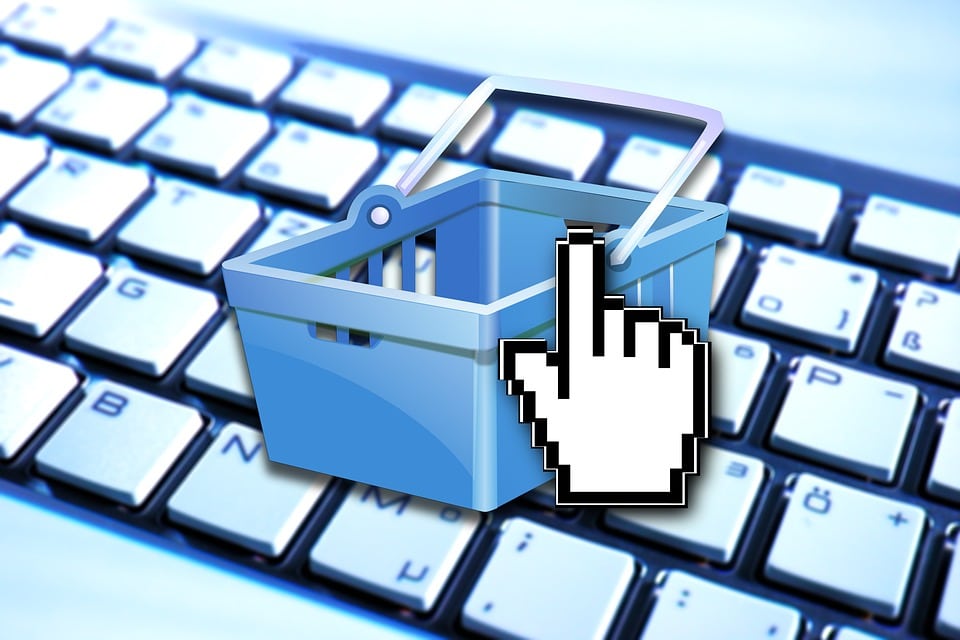Considering the benefits of the cloud? Learn about SWK’s Secure Cloud Hosting service protected by cybersecurity.
The era of digital transformation is fundamentally altering every stage of the product-to-market supply chain, from manufacturing to distribution to how consumers interact with those stages and the product itself. However, the area that lags the most is the retail side of the equation. While an increasing number of retailers have tried to adopt and mirror the techniques of Amazon, there has been little in the way of sweeping change to the retailer approach to promote sustained engagement with customers.
The distribution giant has forever disrupted consumer expectations of the retail experience by replacing traditional methods with a fast, extensive model that is available 24/7. Larger “big box” retailers have been forced to follow suit and develop dedicated e-commerce channels even as Amazon moves into the brick-and-mortar space to fill in its own gaps. Smaller retailers will only survive by deploying their own digital models that actively create a unique, individualized experience for customers and do not rely on outdated methodologies for consumer interaction.
Here are the seven most important upcoming trends in retail digitization:
1. Digital Value Chain
Ecommerce and omnichannel spaces have become a fact of life in the modern consumer world but increasing retail digitization is instigating closer integrations between physical venues and technology application stacks. While some retailers may advertise seamless online customer experiences, larger players like Amazon and Walmart have already taken steps to apply this digital assimilation model to their supply chains. Smaller retailers that will stand out will be those that are either scale these methodologies for their operations or introduce their own new digitally leveraged touchpoints.
2. Product-to-Market Lifecycles
Retail holds a unique place in the digital transformation encroachment as the end deliverable remains a physical product transferred to the consumer. This makes retail digitization less about altering the product than it is about streamlining the consumer experience. Speed and availability are decisive factors in maintaining consumer relationships as demand grows for more rapid inventory and product lifecycles, and these trends will only escalate as the world becomes more accessible through digital.
3. Evolution of Supply Chain Economics
The greater demand for faster product-to-market lifecycles and ongoing political concerns are forcing both suppliers and retailers to adopt different strategies for maintaining their value chains. The current trade war between the US, EU and China is emerging at a time when purchasing costs were already being disrupted by increasing consumer expectations for insight, safety, and personalization. Retailers are being forced to think of their supply chain ecosystems as less of a necessary burden and as more of a tool to leverage.
4. Consumer-Centric Models
The nature of retail has forced it to remain a product-driven industry during its tenure due to merchandise being the principal factor on which the market revolved around. Digitization is revolutionizing the idea of the consumer experience as being based solely on product selection. It is increasingly a requirement for retailers to transition to a consumer-centric sales model to stay competitive in the wake of the Amazon retail disruption, and it will only grow in importance both as the latter captures more markets and larger companies make their own transitions in response.
5. Application of Technology
There are two ultimate value points to be derived from digitization – the first is in the application of existing and new technology to engage customers in enhanced interaction. Mobile devices combined with sensors powered by the Internet of Things (IoT) and AI will empower retailers to fulfill the seamless experience consumers are looking for. Advances in smart technology will fundamentally transform retail customer interaction much more than forward-facing e-commerce channels have.
6. Data Collection and Deployment
The other primary value point for retail digitization is the explosive expansion of potential data collection touchpoints. Accurate, understandable and actionable data is what will enable retailers to leverage the previously listed trends into feasible strategies for capturing market share. It is also how Amazon will strengthen its hold over the market through the data collected in its Amazon Go stores, and it is likely how big box retailers will respond to Amazon’s incursion to remain competitive. Real-time data capture and analytics will become the defining factors of the retail sector in the future.
7. Generation Z
The shopping habits of Generation Z demonstrate the importance of digitization to retailers, though perhaps not in all the ways you suspect. While Millennials are consistently labeled “digital natives,” even the youngest of them could remember a time without smartphones or instant Internet access. Generation Z is the first group to be born in the middle of the current technological revolution and the applications it has delivered are an integral part of their lives, as opposed to toys to use for novelty.
Research by IBM indicates that a majority of Gen Z members prefer to shop in physical stores and avoid using applications such as mobile pay or brand interaction. However, what do they do utilize their smartphones for is to conduct real-time price comparisons and communicate with their personal networks about their choices. The data demonstrates that Generation Z consumers do not necessarily prioritize having an easier shopping experience – they value a personalized one that delivers control over their purchase.
Technology and Data Will Be Key to Unlocking the Full Potential of Retail Digitization
Digital transformation places a greater emphasis on applying technology and data to engaging customers. Maintaining these touchpoints requires deploying a central system that can still maintain a real-time connection with data siloes. Adopting a cloud software solution will allow you to bridge these front-end and back-end processes to ensure a consistent, comprehensive view of your operations.
Read these five features to look for cloud retail software to learn more about how the right cloud ERP delivers value to your retail business.
Ask Us About ERP for Retail


